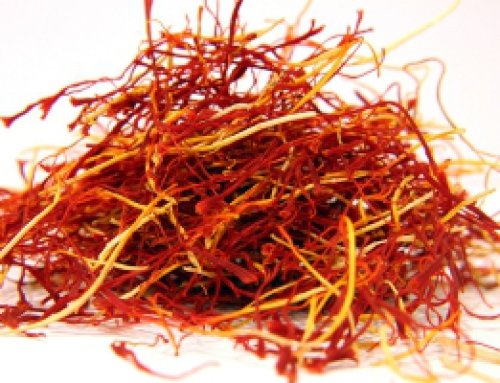South Khorasan golden saffron with 24 carat
Early in the morning before sunrise is the best time to start work, the plant is growing all night and now its closed flowers are emerging from the dry ground and the purple plain is emerging, it is time to harvest saffron in the autumn weather of South Khorasan.
Saffron is one of the valuable agricultural products of Iran that is cultivated in arid and semi-arid lands of South Khorasan and some parts of the country.
The great economic value of saffron in the world markets and the employment and good income that the cultivation of this plant entails have justified its economic return.
Although most of the saffron consumed in the world is produced in Iran, but there are barriers to earning reasonable foreign exchange earnings from saffron exports that study and find appropriate solutions to remove these barriers can affect the growth of foreign exchange earnings, employment and … Have a lot.
Iran is the largest producer of saffron in the world and due to the diversity of climate, many of its horticultural and agricultural products, including saffron, are of excellent quality.
During the last 10 years, the amount of saffron production in Iran has grown significantly and a large part of these products are exported.
This product is considered by many people in the world due to its many food and medicine uses, and because according to the statistics in the previous section, Iran has not only a comparative advantage in the production of this product, but also an absolute advantage, so it can be produced and Its export brought a lot of foreign exchange resources to the country.
These days, you can travel to all the cities of the province, especially Zirkuh and Ghaenat, to see the purple farms in the most saffron region of South Khorasan.
The relatively cold autumn weather around four-thirty may not be difficult for a hard-working farmer to harvest within a year.
From the beauty of purple flowers in saffron fields, the pleasure of saffron tea and seeing beautiful images dazzles the eyes of every viewer.
Asked about the saffron plant, the farmers said: Saffron is almost rain-fed, the onion it grows grows on its own under the soil and multiplies over time.
For the next seven to 10 years, it needs watering only three times a year, and during the flowering season, which lasts one month throughout the year from mid-November to mid-December, it produces fresh flowers every morning.
The amount of saffron that can be harvested from the fields each year is different. Usually in the first year, only one or two kilos of dry saffron is obtained from each hectare under saffron cultivation, in the second year its amount reaches four to six kilos, from the third year onwards, 10 kilos and more of saffron per hectare of land Dry harvested.
Sample farmers have harvested even more than 30 kilos of saffron per hectare; Considering that the price of each kilo of dried saffron in the harvest season can reach more than a few million tomans, saffron cultivation has a good economic benefit.
From the difficulties of harvesting saffron, it is enough that the saffron plant has needle leaves that irritate the hand and all the steps of harvesting saffron must be done by hand.
Although saffron is a strategic product of Iran and South Khorasan, but planting, holding and harvesting of this product is done by traditional methods.
Every year, with the arrival of October and the cooling of the weather, saffron rises from the fertile fields and shines all the fields covered by this product like a red jewel.
Farmers in South Khorasan, along with other family members in the morning, work hard to harvest pure and fragrant saffron from the farms under this crop.







Get Social